#Middle Ages
Text




~ Falcon.
Date: ca. A.D. 1200–1220
Culture: South Italian
Medium: Bronze, traces of gilding
#history#museum#archaeology#falcon#13th century#13th century art#medieval#middle ages#a.d. 1200#a.d. 1220
313 notes
·
View notes
Text

Saint George and the Rescued Maiden by Henry Charles Fehr
#st george#saint george#knight#maiden#damsel#art#henry charles fehr#knights#sword#armour#medieval#middle ages#england#english#britain#british#chivalry#chivalric romance#sculptor#sculpture#statue#christian#christianity#romantic#romanticism#europe#european#monument#photograph#photography
382 notes
·
View notes
Text
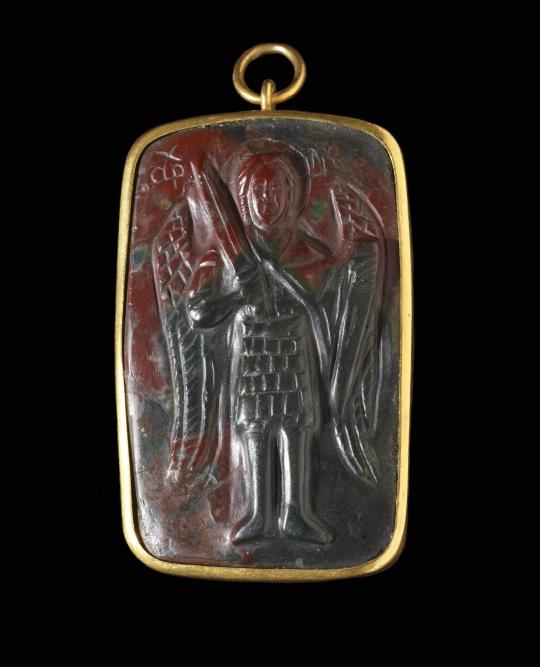

Bloodstone pendant with depictions of the Archangel Michael and Saint Demetrius, Byzantine, 10th-11th century
from The Walters Art Museum
191 notes
·
View notes
Text
"Therefore, the references to Thyra on both groups of stones likely refer to the same person – the Danish Queen and mother of Harald Bluetooth. This indicates that she was a particularly powerful and celebrated individual. It is likely that she held land and authority in her own right, not only through her husband. “No other Viking man or woman in Denmark has been mentioned on that many runestones,” says Dr Imer, “and it underlines her undeniable importance for the assembling of the realm under the rule of her son, Harald Bluetooth.”
Importantly, this means that women likely had more influence in Viking-Age Denmark than previously believed. It indicates that Viking women may have been able to hold power in their own right and rule on behalf of their husbands or under-age sons. It also has important implications for our knowledge on the formation of the Danish state. The authors conclude:
If we accept that runestones were granite manifestations of status, lineage and power, we may suggest that Thyra was indeed of royal, Jutlandic descent. Both Gorm and Harald refer to her in the runestone texts and Ravnunge-Tue describes her as his dróttning, that is, ‘lady’ or ‘queen’. Combined with the designation of Thyra as Danmarkaʀ bót, ‘Denmark’s strength/salvation’, these honours point towards a powerful woman who held status, land and authority in her own right. The combination of the present analyses and the geographical distribution of the runestones indicates that Thyra was one of the key figures—or even the key figure—for the assembling of the Danish realm, in which she herself may have played an active part.""
#thyra#history#women's history#queens#women in history#denmark#danish history#vikings#10th century#medieval women#middle ages#medieval history#runestones#harald bluetooth
44 notes
·
View notes
Text
A murder mystery film set in a medieval village. After an outbreak of plague, the villagers make the decision to shut their borders so as to protect the disease from spreading (see the real life case of the village of Eyam). As the disease decimates the population, however, some bodies start showing up that very obviously were not killed by plague.
Since nobody has been in or out since the outbreak began, the killer has to be somebody in the local community.
The village constable (who is essentially just Some Guy, because being a medieval constable was a bit like getting jury duty, if jury duty gave you the power to arrest people) struggles to investigate the crime without exposing himself to the disease, and to maintain order as the plague-stricken villagers begin to turn on each other.
The killer strikes repeatedly, seemingly taking advantage of the empty streets and forced isolation to strike without witnesses. As with any other murder mystery, the audience is given exactly the same information to solve the crime as the detective.
Except, that is, whenever another character is killed, at which point we cut to the present day where said character's remains are being carefully examined by a team of modern archaeologists and historians who are also trying to figure out why so many of the people in this plague-pit died from blunt force trauma.
The archaeologists and historians, btw, are real experts who haven't been allowed to read the script. The filmmakers just give them a model of the victim's remains, along with some artefacts, and they have to treat it like a real case and give their real opinion on how they think this person died.
We then cut back to the past, where the constable is trying to do the same thing. Unlike the archaeologists, he doesn't have the advantage of modern tech and medical knowledge to examine the body, but he does have a more complete crime scene (since certain clues obviously wouldn't survive to be dug up in the modern day) and personal knowledge from having probably known the victim.
The audience then gets a more complete picture than either group, and an insight into both the strengths and limits of modern archaeology, explaining what we can and can't learn from studying a person's remains.
At the end of the film, after the killer is revealed and the main plot is resolved, we then get to see the archaeologists get shown the actual scenes where their 'victims' were killed, so they can see how well their conclusions match up with what 'really' happened.
#film ideas#plotbunny#murder mystery#detective stories#period dramas#middle ages#history#archaeology
19K notes
·
View notes
Text
“Every Italian noble in the medieval commune era” - ENGLISH SUBTITLES
20K notes
·
View notes
Text
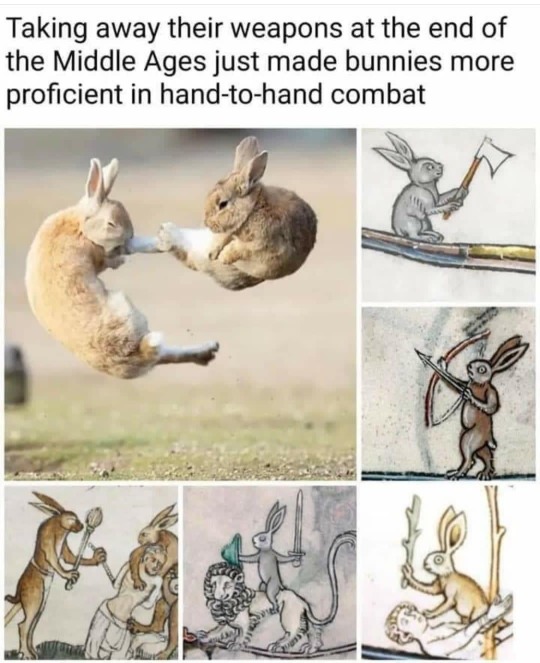
17K notes
·
View notes
Text
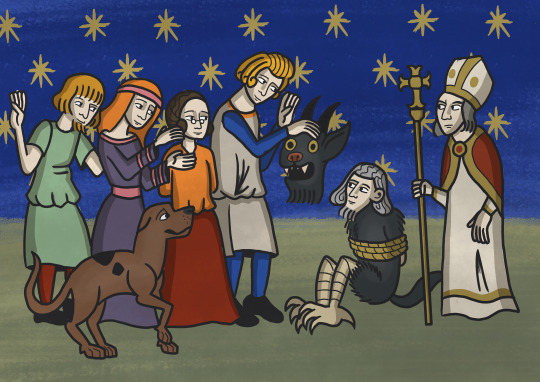
Medieval Scooby
71K notes
·
View notes
Text

25K notes
·
View notes
Text


L'amant et l'Amour
13K notes
·
View notes
Text

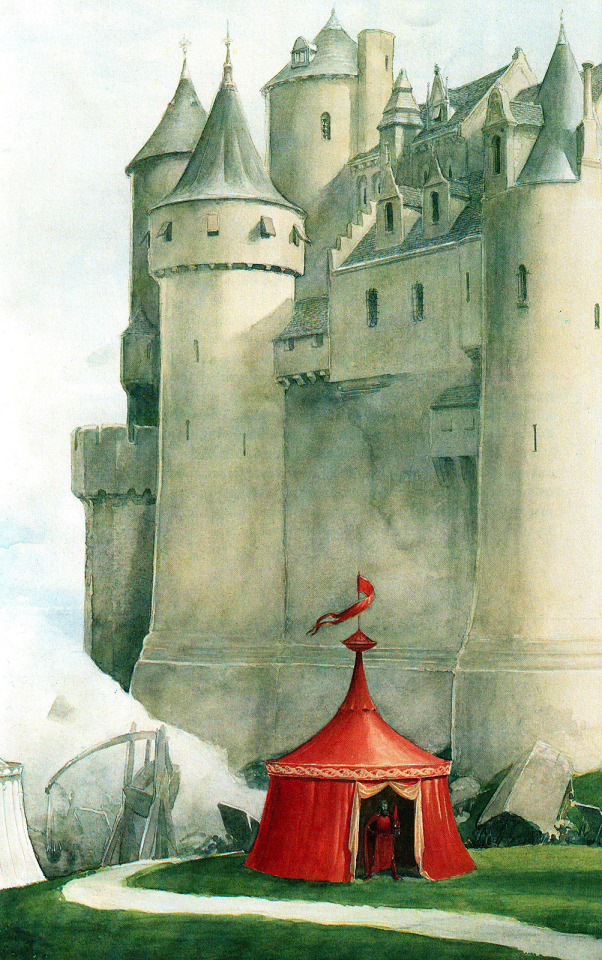








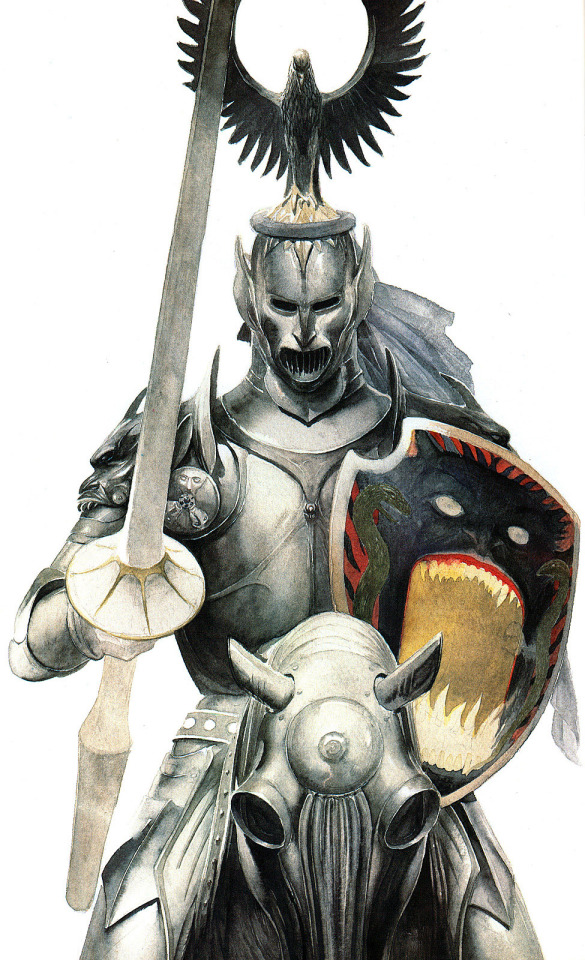

Castles - art by Alan Lee (1984)
#alan lee#castles#80s fantasy art#arthurian legends#fairy tales#gormenghast#medieval art#knights#middle ages#fantasy books#david day#1980s#1984
3K notes
·
View notes
Text

Hellelil and Hildebrand (The Meeting on the Turret Stairs), Frederic William Burton, 1864
#art#art history#Frederic William Burton#historical painting#Middle Ages#medievalism#Irish art#19th century art#Victorian period#Victorian art#watercolor#gouache#watercolor on paper#National Gallery of Ireland
3K notes
·
View notes
Text


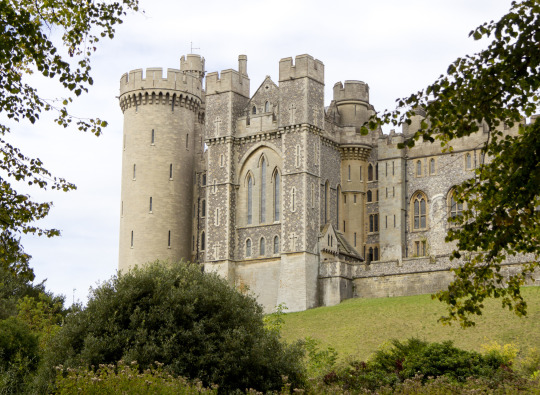

Arundel Castle, West Sussex, England
#arundel castle#england#english#medieval#middle ages#mediaeval#history#castle#castles#sussex#west sussex#arundel#europe#european#great britain
157 notes
·
View notes
Text
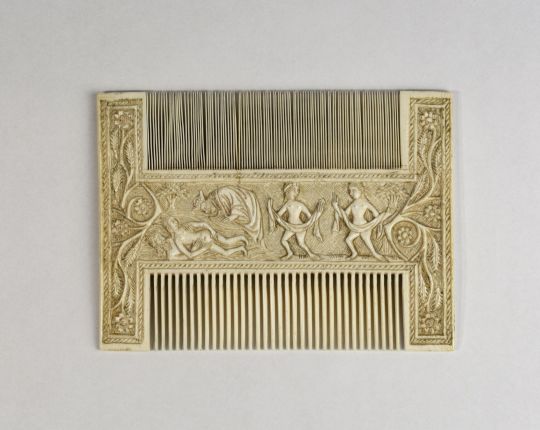
Carved walrus ivory comb with scenes from the life of King David and Bathsheba, France, 15th century
from The Hunt Museum, Limerick
2K notes
·
View notes
Text
So, apparently Home Depot has a sword you can purchase on their website. And the reviews? Well….



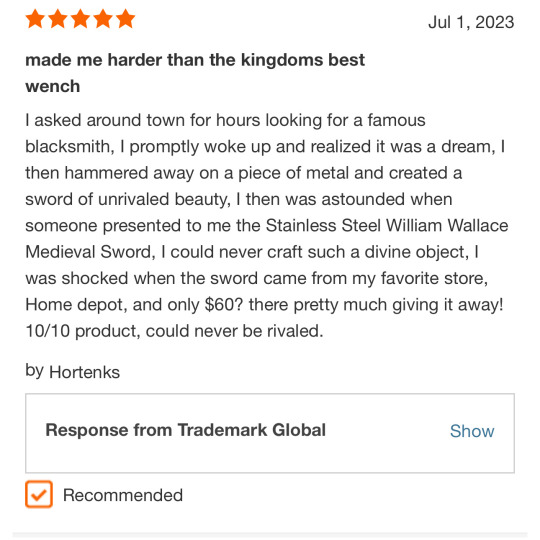




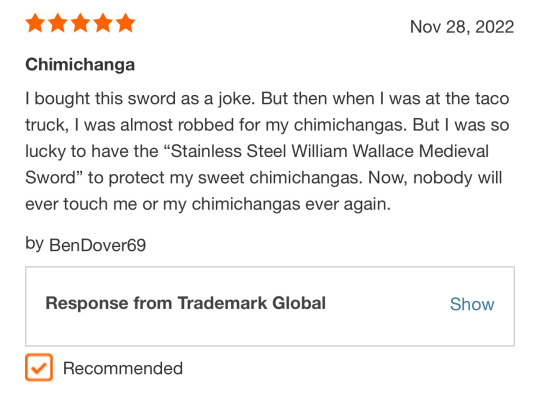
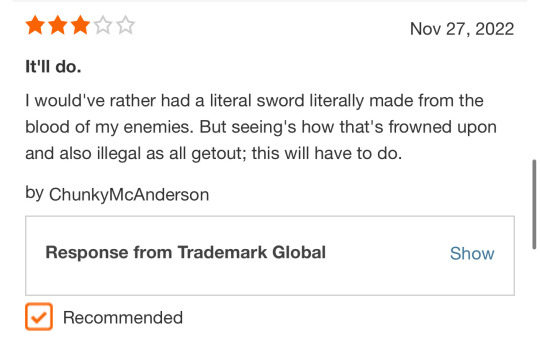
I honestly can’t stop laughing.
#omg#this is just too incredible not to share#lol#there are even more reviews on the site but these were my faves#mwah#lord of the rings#tolkien#hobbit#swords#sword#the lord of the rings#middle earth#medieval#middle ages#home depot#jrr Tolkien#Lotr#beautiful#hilarious
2K notes
·
View notes
Text
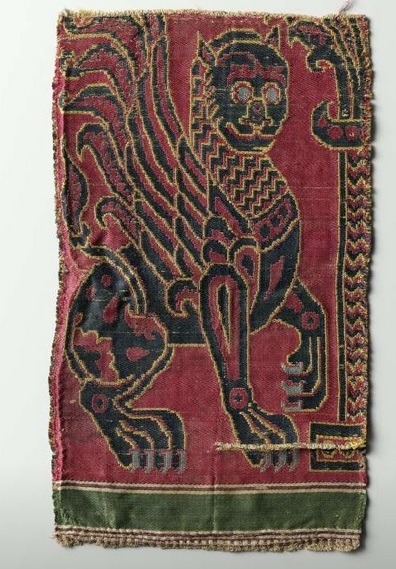
Textile fragment with a winged lion, 1200-1399, France.
2K notes
·
View notes